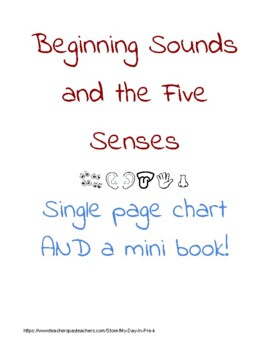Rhyming is such an important step in phonemic awareness. What is phonemic awareness you ask? Phonemic awareness is the ability to identify and manipulate letter sounds in spoken words. It is the hearing part of reading! When children are able to hear, manipulate and isolate letter sounds, they are able to utilize this skill in decoding and encoding words for reading and writing.
So why rhyming? Rhyming is the ability to switch out the beginning sound of a word to make a new word. That it! Ok so why is it so hard for some children?
Did you know there are actually 5 stages of learning to rhyme! Say What???? You read that correctly. Your child needs to develop through five levels before they are proficient at rhyming independently.
Step 1- rhyme exposure— this is the understanding of the word rhyme. Children need to be exposed to words that rhyme and be taught the context behind the word rhyme. So when you read books, sing songs and recite nursery rhymes with your child, state things such as “hey wall and ball rhyme” “/w/- all and /b/- all rhyme because they both end in -all”
Step 2- rhyme recognition– this is being able to determine if two words rhyme. Children need to listen to two words and be able to tell you if they rhyme or not. Provide pair of words tree/key, car/bike, blue/glue, man/money etc… Have your child give a thumbs up if they rhyme and a thumbs down if they don’t. Often times children will struggle when the two words begin with the same beginning sound, point out the ends of the words are different and that is where we focus on rhymes.
Step 3- rhyme judgement– in this step you will provide your child with 3 words and have your child pick out the pair that rhymes. This works on recall as well. Stating night/moon/light your child would need to say night and light rhyme. In class I encourage children to say night and light rhyme because they both end in -ight. This shows they understand the focus on the rime of the word.
Step 4- rhyme completion– in this step your child will complete a sentence or line from a poem or song with the correct ending rhyme. Begin with using familiar song and stories and then move onto unfamiliar materials. I want to go out and play, because it is a sunny ____. DAY play and day rhyme. Check out this activity I shared called rhyme away for another fun activity on this step.
Step 5- rhyme production– this is the step of independence! this is your child producing sets of rhyming words on their own. I often go back to step 2 and have the child be the one in charge. Have your child give you sets of words and you determine if they rhyme or not. Then move on and have your child tell you a list of three words with a pair of rhymes. Finally have him/her give you rhyme completion sentences (this step is hard and not needed to master rhyming)
Yay! Your child has now mastered rhyming. Time to move onto the next skill… but do not forget to come back and practice rhyming. When you stop working and reviewing skills it makes it harder for your child to remember the skill when needed.








